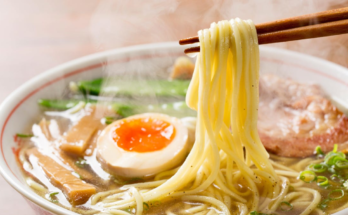
With the news that Chipotle will now offer cauliflower rice on the menu alongside its traditional brown and white options, you may be wondering how the veggie-based dish stacks up nutritionally. It’s lower in calories and carbs, for starters.
Here’s the full breakdown, using Chipotle’s nutritional information. A serving of cilantro-lime cauliflower rice has:
- 40 calories per serving
- 1 gram of fat
- 3 grams of protein
- 7 grams of carbs
- 3 grams of fiber
Compare that to their regular rice:
- 210 calories per serving
- 4 grams of fat (6 in brown rice)
- 4 grams of protein
- 40 grams of carbs (36 in brown rice)
- 1 gram of fiber (2 grams in brown rice)
Is cauliflower rice the better option?
It depends what you’re looking for in your burrito. If you want an easy way to lower the calories or carbs, cauliflower rice will do the trick while still giving you some rice-like filler. The amount of fiber is roughly the same in all of the rice options: one versus two or three grams.
I haven’t tasted the new offering, but in general cauliflower rice tastes similar to its grain-based counterpart, if a little less satisfying. The biggest tradeoff is perhaps a minor one: a lower-calorie, lower-carb option is just not as much food, and you might find yourself hungry later. It’s also worth noting that large amounts of cauliflower rice don’t agree with everybody’s digestive system, although a single serving in a burrito isn’t likely to have a huge effect.
In short, it’s a great option if you want to eat more veggies and fewer carbs. Chipotle’s new side costs extra, but there are other places to fit cauliflower rice into your life. Trader Joe’s has a riced cauliflower stir-fry that I love, and it’s also often available in the freezer section of grocery stores. You can also make your own by pulsing fresh cauliflower in a food processor, so give it a try if you’re looking for a new veggie side.
G/O Media may get a commission



